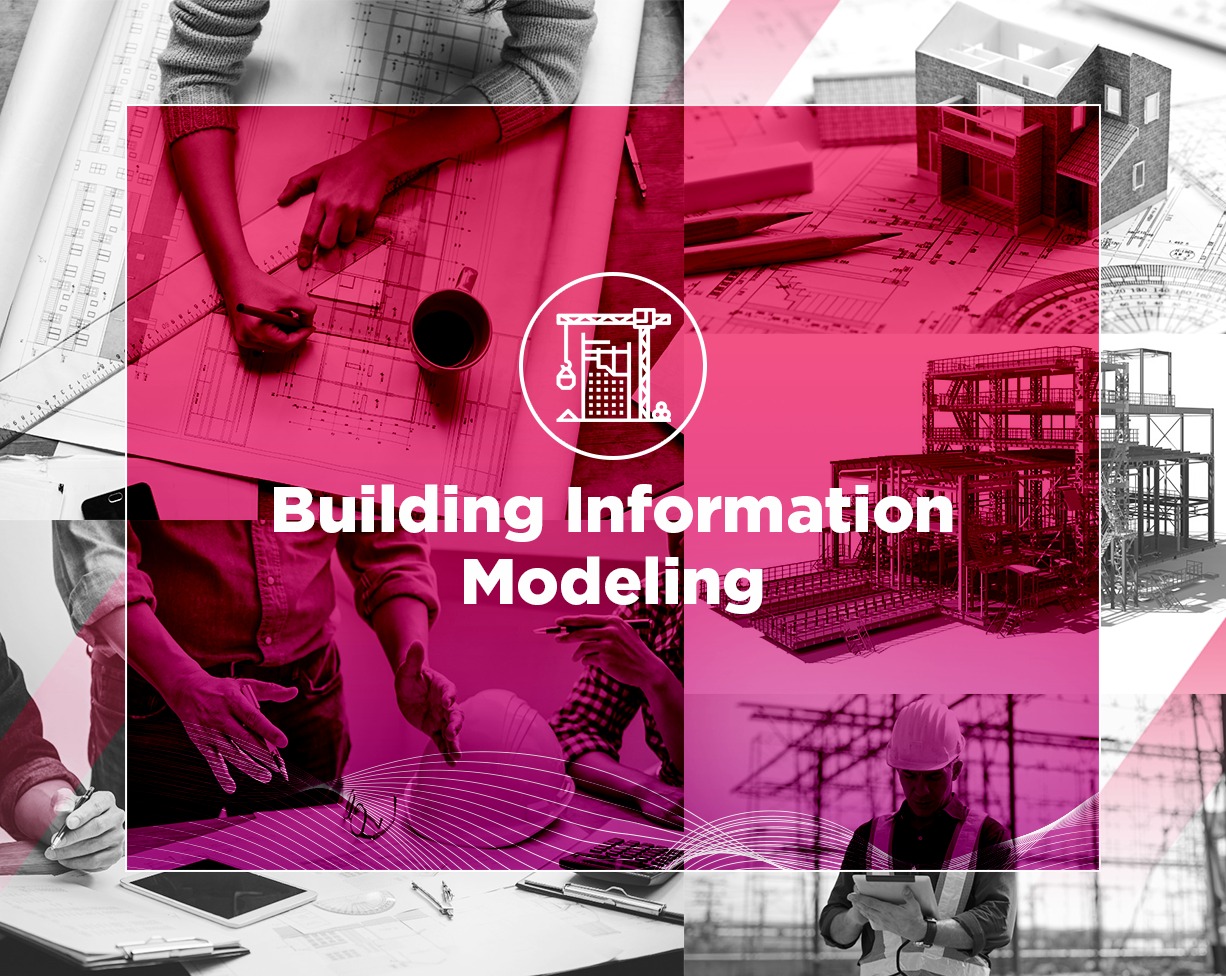

Building Information Modeling (BIM) is one of the fastest-growing concepts in the Architecture, Engineering, and Construction (AEC) industry. It facilitates multidisciplinary information sharing between project parties, improves efficiency, and increases productivity. Pacing parallel to the infrastructure world and rooting itself in impactful technological innovations, Magnasoft brings two decades of expertise in the Geospatial industry and a growth mindset to provide the foundation for immersive experiences and operational excellence.
One advantage BIM offers is syncing the designer’s and user’s perceptions and understanding by overlapping the grids of imagination and reality. Building Information Modeling (BIM) is a cutting-edge 3D rendering tool that is the foundation of the AEC industry’s digital transformation. It seamlessly weaves the multi-disciplinary digital representations created during design, construction, and operations, improving the industry’s real-time coordination and collaboration. BIM is implemented in four stages to simplify the complexities –
While traditional workflows are prone to errors and back-and-forth coordination causes delays, BIM has elevated monitoring solutions with sequential animation of construction layers, resulting in better planning and execution while optimising financial inputs and time. With 360-degree organised control over the project, the benefits come in a domino effect with BIM and 3D visualisation. Here are a few to begin with –
EFFORTLESS COMMUNICATION
With realistic 3D visualization and comprehensive recreation of the context, virtual tours and walk-throughs have aided dreams in getting built; they have given life to nothing less than spectacular results and experiences! Globally, project approval rates have increased as a result of this.
STREAMLINED COORDINATION
For the interlinked web of the co-dependent industry that exists as a system to execute a project, BIM steps in like a blessing! It smoothens the communication, design process, and execution for all the stakeholders aligning their responsibility and time for their contribution to the project.
OPTIMIZING RESOURCES
With integrated real-world building materials and detailed drawing representations in BIM, the schematic structure can be visualized, analyzed, and reviewed concerning the use of materials, resources, and energy effectively. This enables stakeholders to make more informed and timely decisions and avoid on-the-ground clashes and revisions.
CLASH DETECTION & RESOLUTION
BIM allows for the effective identification, inspection, and reporting of interference clashes at the 3D model stage, which aids in the reduction of design errors and inadequacies that may cause delays and budget issues during construction. In addition to enabling construction sequencing, material, and equipment lead times that comply with the original design intent, it also contains the components’ final estimated locations.
When combined with Virtual Reality (VR) and Augmented Reality (AR), BIM has eliminated doubts and increased its viability and use in the AEC sector. With this ground-breaking adaption, the possibilities for incredible experiences and real-time projects are endless. Are you curious about the future of BIM? With even higher technology aligned with the current scenario, the big picture advances significantly and should attract extraordinary results in future construction projects.